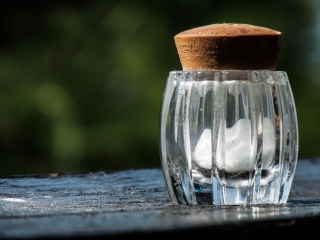
Salt vs. Sodium: Are They the Same?
01 February 2017Salt and sodium are often used interchangeably, but are they the same thing? Not exactly. Let’s shake out the facts.
Courtesy of the American Heart Association
Sodium is a mineral that occurs naturally in foods or is added during manufacturing - or both. Naturally occurring sodium is in foods such as celery, beets and milk. Packaged and prepared foods can be big sodium culprits. More than 75 percent of the sodium we eat comes from processed foods like canned soups, lunch meats and frozen dinners.
Table salt is a combination of sodium and chloride. By weight, table salt is approximately 40 percent sodium and 60 percent chloride. About 90 percent of the sodium we eat is in the form of sodium chloride. The rest comes from other forms of sodium (like baking soda, which is the common name for sodium bicarbonate) that show up in our food. These sodium-containing ingredients are used in food to preserve it, enhance the color or give it a firmer texture, for example.
Too much sodium can hurt your heart. The science behind sodium reduction is clear. Robust evidence has linked excess sodium intake with high blood pressure, which increases the risk of heart attack, stroke, and heart failure.
Use this quick reference to understand approximately how much sodium is in a given amount of table salt:
1/4 teaspoon salt = 575 mg sodium
1/2 teaspoon salt = 1,150 mg sodium
3/4 teaspoon salt = 1,725 mg sodium
1 teaspoon salt = 2,300 mg sodium, which is the daily recommendation of the American Heart Association
